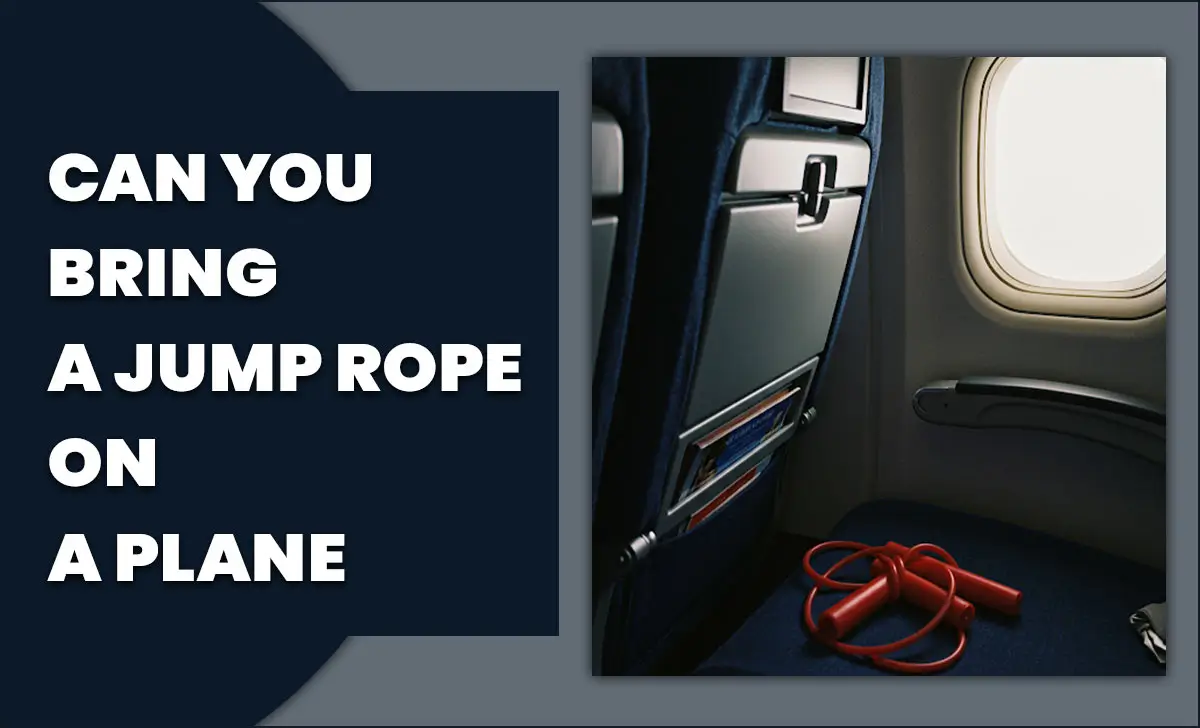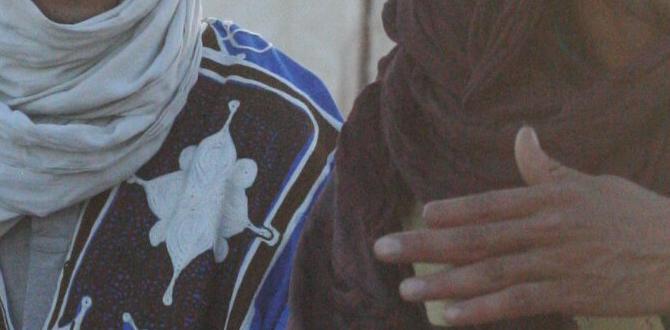Traveling solo in Belgium as a woman is incredibly rewarding! This guide offers practical tips on safety, packing, and experiencing the best of Belgium with confidence. Discover how to navigate this charming European gem, from its historic cities to its delicious waffles, ensuring a comfortable and memorable adventure. Get ready for an easy and exciting solo journey!
Belgium is a dream for solo female travelers. It’s a country steeped in history, filled with picturesque canals, and bursting with incredible food. Many women find Belgium to be a very safe and easy place to explore on their own. You can wander through charming medieval towns, gaze at stunning architecture, and indulge in world-famous chocolate and beer without feeling out of place.
The ease of public transport and the friendly nature of the locals contribute to a stress-free experience. This guide is here to help you plan your perfect solo trip, covering everything from staying safe to making the most of your Belgian adventure. Let’s get you ready to explore!
Why Belgium is a Great Solo Female Destination
Belgium offers a unique blend of accessibility, safety, and cultural richness that makes it an ideal choice for women traveling alone. Its compact size means you can easily hop between diverse regions, from the bustling cities to the serene countryside, using its excellent public transportation system. The country boasts a low crime rate, and locals are generally welcoming and helpful. Plus, the abundance of historical sites, art, and culinary delights ensures there’s always something new and exciting to discover around every corner.
Safety First: Navigating Belgium as a Solo Woman
Safety is often a top concern for solo female travelers, and Belgium is reassuringly safe. However, like any destination, it’s wise to be aware and take sensible precautions.
- Stay Aware of Your Surroundings: This is standard travel advice anywhere, but especially important in crowded tourist areas or train stations. Keep your belongings close and be mindful of who is around you.
- Trust Your Intuition: If a situation feels off, it probably is. Don’t hesitate to remove yourself from it. This could mean politely declining an unwanted conversation or quickly moving to a well-lit, public place.
- Secure Your Valuables: Use a cross-body bag or a money belt, especially in busy areas, to deter pickpockets. Ensure your hotel room door is locked and valuables are stored securely.
- Learn Basic Phrases: While English is widely spoken in tourist areas, knowing a few basic French or Dutch phrases can be helpful and is always appreciated by locals.
- Plan Your Routes: Before heading out, especially at night, know how you’ll get back to your accommodation. Use reputable taxi services or well-lit public transport routes.
- Emergency Contacts: Have important phone numbers (your embassy, hotel, local emergency services) readily accessible. The general European emergency number is 112.
Getting Around Belgium: Seamless Solo Travel
Belgium’s excellent public transport network makes solo travel a breeze. You can easily explore cities and traverse the country without needing to rent a car.
- Trains: The national railway company, SNCB/NMBS, connects virtually all towns and cities. Trains are frequent, efficient, and comfortable. For solo travelers, purchasing tickets online in advance or at the station is straightforward. Day passes and weekend tickets can offer good value.
- Buses: Within cities, local buses and trams are great for getting around. In Brussels, the STIB/MIVB network is extensive. Purchase day passes or multi-journey tickets for convenience.
- Metro: Brussels also has a metro system, which is a quick way to cover longer distances within the city.
- Walking: Many Belgian cities, especially their historic centers, are very walkable. This is the best way to stumble upon hidden gems and soak up the atmosphere.
Where to Stay: Finding Your Perfect Belgian Base
Choosing the right accommodation is key to a comfortable and safe solo trip. Belgium offers a range of options to suit different budgets and preferences.
City Hotels
Hotels range from budget-friendly to luxury. Opt for well-located hotels in areas with good foot traffic, especially at night. Many hotels offer single rooms or double rooms for single occupancy.
Boutique Stays
For a more personal touch, consider boutique hotels or charming guesthouses, often found in historic buildings. They can offer great local insight and a more intimate atmosphere.
Apartments & Airbnb
Renting an apartment can be a great option for longer stays, offering more space and the ability to cook your own meals. Ensure you read reviews carefully and opt for hosts with excellent ratings.
Hostels
Hostels are not just for young backpackers! Many modern hostels offer private rooms with en-suite bathrooms, providing a safe and social environment at a lower cost. They are excellent places to meet other travelers.
Must-See Cities and Regions for Solo Female Travelers
Belgium is a treasure trove of diverse experiences, each offering something unique for the solo explorer.
Brussels: The Capital Charms
As the capital, Brussels is a vibrant hub of culture, politics, and art. Don’t miss the stunning Grand Place, the iconic Manneken Pis statue, and the many museums (like the Royal Museums of Fine Arts of Belgium). Explore the charming Marolles district for antique shops and local life. Brussels is also a great base for day trips.
Bruges: The Romantic Fairytale
Often called the “Venice of the North,” Bruges is a UNESCO World Heritage site famous for its picturesque canals, medieval architecture, and cobblestone streets. Take a boat tour, visit the Belfry for panoramic views, and get lost wandering its enchanting lanes. It’s incredibly romantic and surprisingly easy to navigate solo.
Ghent: A Lively University City
Ghent offers a more laid-back vibe than Bruges but is just as beautiful. It boasts a magnificent medieval castle (Gravensteen), impressive cathedrals, and a lively canalside scene. It’s a great place to experience local Belgian life, enjoy a beer at a canal-side café, and explore its excellent museums.
Antwerp: Fashion and Diamonds
Antwerp is Belgium’s second-largest city and a global center for fashion and diamonds. Beyond the glittering gemstones, discover a city with a rich artistic heritage (Rubens House), a beautiful cathedral, and a buzzing nightlife. The MAS (Museum aan de Stroom) offers fantastic views from its rooftop.
The Ardennes: Nature and Adventure
For a change of scenery, head south to the Ardennes region. This hilly, forested area is perfect for hiking, exploring caves, and visiting charming small towns like Durbuy. It offers a peaceful escape and a chance to connect with nature.
Essential Packing List for Belgium
Packing smart is crucial for a comfortable and enjoyable solo trip. Belgium’s weather can be unpredictable, so layers are key.
Clothing Essentials
- Comfortable Walking Shoes: You’ll be doing a lot of walking on cobblestone streets.
- Layers: Pack t-shirts, long-sleeved shirts, sweaters, and a fleece.
- Waterproof Jacket: A good quality waterproof and windproof jacket is essential.
- Scarf and Hat: For warmth and style.
- Smart Casual Outfits: For evenings out or more upscale dining.
- Adapter: Belgium uses Type E plugs.
Toiletries and Health
While you can buy most items in Belgium, bringing your essentials ensures you have what you need from day one. For travelers who need them, discreet and reliable options for adult and even child diapers can provide significant peace of mind for long travel days or overnight stays. Brands like Depend offer various absorption levels suitable for different needs, ensuring comfort and discretion. Packing a small selection in your carry-on can be a smart move for immediate needs.
- Travel-sized toiletries.
- Any personal medications.
- Sunscreen and a small first-aid kit.
- Discreet adult or child diapers if needed for comfort or specific needs during travel.
Electronics and Documents
- Phone and charger.
- Portable power bank.
- Camera (optional).
- Passport and visa (if required).
- Copies of important documents (kept separately).
- Travel insurance details.
Food and Drink: A Solo Culinary Adventure
Belgian cuisine is hearty and delicious, and enjoying it solo is a delightful experience. From savory dishes to sweet treats, there’s something for everyone.
Belgian Waffles
You can’t visit Belgium without trying waffles! There are two main types: the Brussels waffle (lighter, crispier, rectangular) and the Liège waffle (denser, sweeter, oval-shaped). Enjoy them plain or with toppings like fruit, cream, or chocolate.
Chocolate
Belgium is world-renowned for its chocolate. Bruges, in particular, has many artisan chocolatiers. Take a chocolate-making workshop or simply indulge in a tasting tour.
Fries (Frietjes)
Belgian fries are a national treasure, typically fried twice for extra crispiness. They are often served in a paper cone with a variety of mayonnaise-based sauces. Look for “fritkot” or “frietuur” stands.
Beer (Bière/Bier)
Belgium boasts over 300 types of beer! From Trappist ales to Lambics, there’s a beer for every palate. Many cafes have extensive beer lists, and bartenders are often happy to offer recommendations.
Mussels and Stews
Mussels, often served steamed with fries (Moule-frites), are a classic Belgian dish. Hearty stews, like Carbonnade Flamande (beef stew cooked in beer), are perfect for a cooler evening.
Tips for Enjoying Meals Solo
Eating alone might feel daunting to some, but in Belgium, it’s very common.
- Bring a book or journal: This can be a comfortable companion.
- Sit at the bar: If available, this can feel less conspicuous and sometimes offers a chance to chat with the bartender or other patrons.
- Choose casual spots: Cafes, bistros, and fry stands are naturally more relaxed and welcoming for solo diners.
- Embrace it: Enjoy the freedom to eat what you want, when you want, and savor every bite!
Cultural Etiquette and Practicalities
Understanding a few local customs can enhance your experience and avoid misunderstandings.
Language
Belgium has three official languages: Dutch (Flemish), French, and German. In Brussels, French and Dutch are commonly used, with French often being the primary language in most public services and signage. English is widely understood, especially by younger generations and in tourist centers.
Tipping
Service charges are usually included in the bill in restaurants and cafes. A small extra tip (a few euros or rounding up the bill) for excellent service is appreciated but not mandatory.
Opening Hours
Shops and smaller businesses may close for a lunch break (often between 12:30 PM and 2:00 PM). Many museums close on Mondays. Always check opening hours before you visit.
Currency
The currency is the Euro (€).
Connectivity
Wi-Fi is widely available in hotels, cafes, and public spaces. Consider purchasing a local SIM card for easy data access if you plan to use your phone extensively. Belgium is part of the EU, so if you’re coming from another EU country, your existing data plan might work without extra charges.
Example Itinerary: A Week in Belgium for the Solo Traveler
This sample itinerary balances iconic sights with opportunities for relaxed exploration.
Day 1-2: Brussels
- Arrive and check into your accommodation.
- Explore the Grand Place, Manneken Pis, and the Royal Galleries of Saint-Hubert.
- Visit a museum (e.g., Magritte Museum, Musical Instruments Museum).
- Enjoy a Belgian beer tasting.
Day 3-4: Bruges
- Take a train to Bruges (approx. 1 hour).
- Wander the charming streets, take a canal boat tour.
- Climb the Belfry for city views.
- Indulge in Belgian chocolate.
Day 5: Ghent
- Day trip to Ghent by train (approx. 30-45 minutes from Bruges).
- Visit Gravensteen Castle and St. Bavo’s Cathedral.
- Enjoy the atmosphere along the Graslei and Korenlei.
- Return to Bruges or continue to Antwerp.
Day 6-7: Antwerp
- Take a train to Antwerp (approx. 1 hour from Bruges).
- Explore the Cathedral of Our Lady and the Grote Markt.
- Visit the MAS museum or the Rubens House.
- Shop in the fashion district or admire diamond showrooms.
- Depart from Antwerp or return to Brussels for departure.
Solo Travel Safety Checklist: Quick Reference
Keep this handy list to ensure you’re always prepared.
| Area | Key Safety Points |
|---|---|
| Awareness | Be mindful of surroundings, especially in crowds. Trust your gut instincts. |
| Belongings | Use secure bags, money belts. Keep valuables out of sight. |
| Transportation | Stick to reputable transport, plan night routes. Use apps like Taxi-App or official taxi stands. |
| Accommodation | Lock doors, use hotel safes. Read reviews for safety before booking. |
| Communication | Keep phone charged. Share your itinerary with someone at home. |
| Emergencies | Note down local emergency numbers (112) and embassy contact. |
FAQs
Q1: Is Belgium safe for solo female travelers?
A1: Yes, Belgium is generally considered a very safe country for solo female travelers. Crime rates are low, and most visitors have trouble-free experiences. However, like in any city, it’s important to stay aware of your surroundings, especially in crowded tourist areas, and take standard precautions against pickpocketing.
Q2: What is the best way to get around Belgium solo?
A2: Belgium has an excellent public transportation system. Trains are fast, efficient, and connect most major cities and towns. Within cities, trams, buses, and metros are readily available. Many historic centers are also very walkable, which is often the best way to explore.
Q3: Do I need to speak French or Dutch to travel in Belgium?
A3: While knowing some basic phrases in French or Dutch is always appreciated, English is widely spoken and understood, especially in tourist areas, hotels, and by younger people. You should have no trouble communicating in English for most of your trip.
Q4: What is the best time of year to visit Belgium solo?
A4: Spring (April-May) and Autumn (September-October) offer pleasant weather, fewer crowds, and beautiful scenery. Summer (June-August) is warmer and busier, while winter (November-March) can be a magical time to visit, especially around Christmas markets, though days are shorter and colder.
Q5: What are some essential items to pack for Belgium?
A5: Pack comfortable walking shoes, layers of clothing, a waterproof jacket, and an umbrella due to unpredictable weather. A travel adapter for European outlets and any necessary personal medications are also essential. For added comfort on long journeys, discreet adult or child diapers can be a practical choice.
Q6: Are Belgian cities safe to walk around at night alone?
A6: In general, yes, but it’s always wise to exercise caution. Stick to well-lit, populated areas. If you are going out at night, plan your route back to your accommodation in advance and consider using a taxi or rideshare service for longer distances or if you feel uneasy.
Q7: How can I save money when traveling solo in Belgium?
A7: Consider staying in hostels or guesthouses, utilizing public transport day passes for unlimited travel, preparing some of your own meals if you have kitchen facilities, and taking advantage of free walking tours offered in most major cities. Many museums also have specific free admission days or times.



